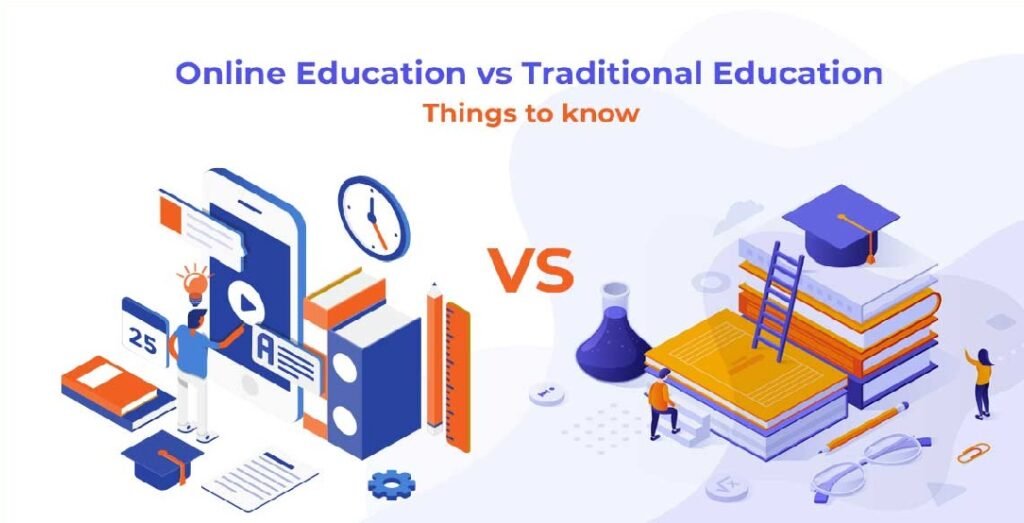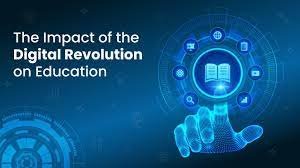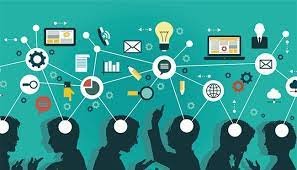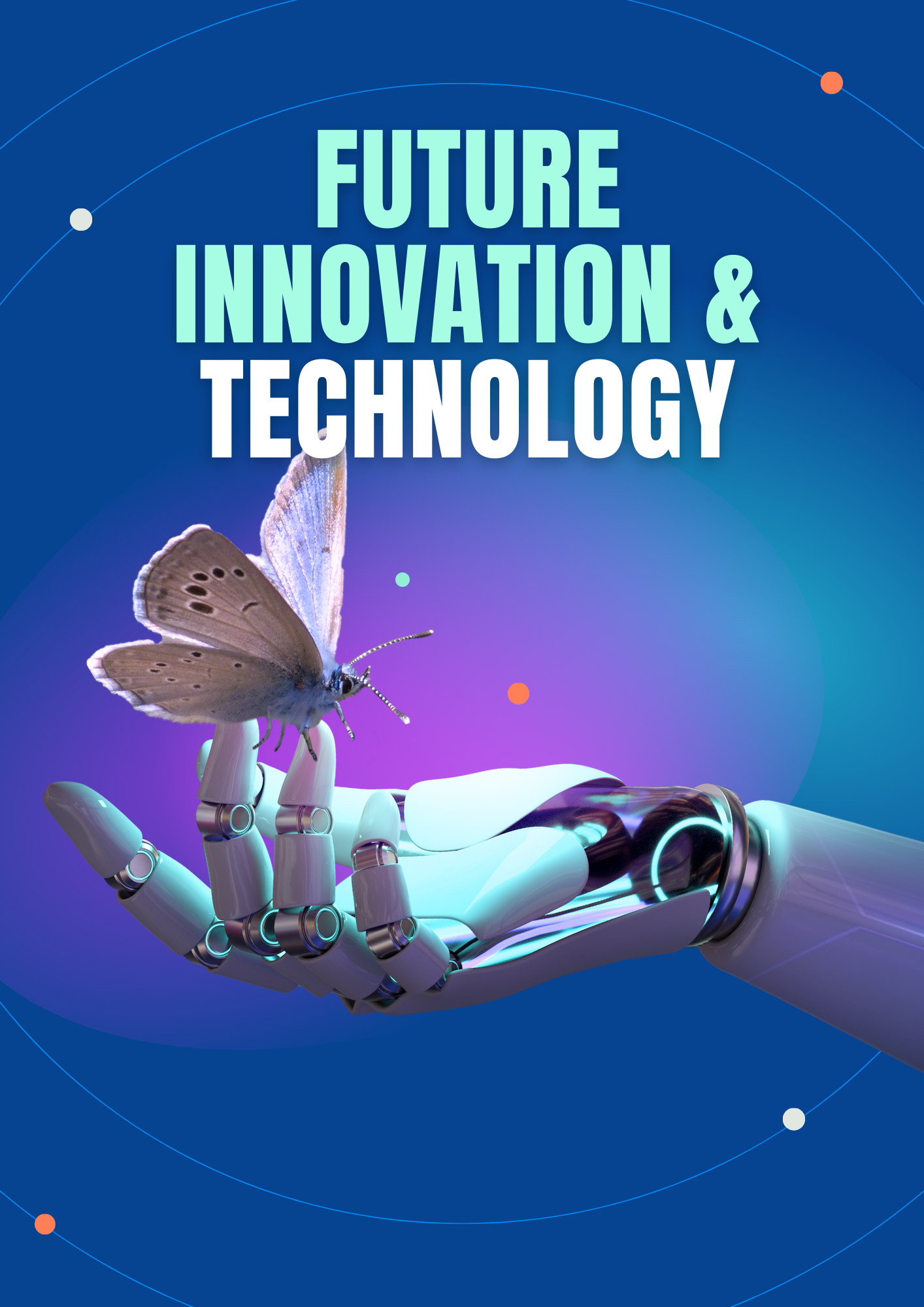What is it?
The future of education embraces seamless tech-driven accessibility and personalized learning experiences, transforming the landscape of global education.
Introduction
In the dynamic evolution of education, the traditional classroom undergoes a profound transformation, propelled by technological advancements. This guide delves into the influential impact of emerging educational technologies, ushering in an era of immersive, personalized learning experiences. Innovations like Virtual Reality (VR) and Artificial Intelligence (AI) play pivotal roles, reshaping education and fostering a dynamic, interconnected learning environment.
Traditional education – A historical perspective

For centuries, education heavily leaned on traditional classrooms, with students acquiring knowledge through lectures and rote memorization from textbooks. While effective, this system faced limitations, sparking the necessity for a paradigm shift in educational methodologies.
The technological revolution in education

Recent years have witnessed an unprecedented technological revolution in education. Cutting-edge advancements are already transforming classrooms worldwide, with a promise of even more exciting developments on the horizon. This seismic shift is not just an upgrade but a fundamental reimagining of how teachers teach and students learn.
Emerging educational technologies – a deep dive
Virtual Reality

Virtual Reality (VR) stands out as a revolutionary tool in education, delivering immersive experiences that transcend traditional boundaries. Envision a sixth-grader virtually exploring an African elephant herd for a class report. VR not only elevates the joy of learning but also deepens understanding by offering realistic, interactive experiences in diverse subjects like history and science.
Holographic Technology

Holographic technology, similar to VR, generates three-dimensional images that breathe life into history and educational content. Whether exploring medieval London or witnessing historical events, holograms immerse students in an engaging learning experience. This innovation complements VR, enhancing educational content and captivating student interest.
Cloud Computing

Cloud computing emerges as a transformative force in education, offering seamless accessibility to information and courseware stored on remote servers. Students, armed with just an Internet-connected device, gain access to a virtual library of class materials, collaborate effortlessly with peers, and eradicate data storage concerns. The advantages of app-enabled cloud computing in education are vast, providing unparalleled freedom and accessibility.
Adaptive Learning

Recognizing diverse learning styles, adaptive learning leverages technology to customize educational materials for individual student needs. Through learning analytics, this approach ensures content alignment with each student’s preferences, nurturing a highly personalized and effective learning experience. Adaptive learning marks a substantial leap forward, tackling challenges inherent in traditional one-size-fits-all educational methods.
3D Printing

Cost-effective 3D printing solutions bring an interactive dimension to education, empowering students to fashion tangible creations. From hands-on projects to crafting educational tools like synthetic bones for medical students, 3D printing converts theoretical ideas into palpable, engaging experiences. This innovative technology not only amplifies the learning process but also nurtures creativity, fostering a culture of continuous innovation in educational settings.
Collaborative Learning Technology

The widespread use of personal devices, including cell phones and tablets, has streamlined collaborative learning, fostering global connections among students. This approach promotes vibrant discussions, knowledge-sharing, and peer-to-peer education. Collaborative learning technology acts as a bridge between students and teachers, cultivating a shared responsibility for the educational journey and elevating interpersonal skills.
Artificial Intelligence

Artificial Intelligence (AI) holds immense potential for shaping the future of education. AI delivers continuous feedback to students and educators, presenting personalized solutions to address academic challenges. By discerning individual learning styles and adjusting materials accordingly, AI elevates student performance, enabling teachers to concentrate on broader educational responsibilities.
Conclusion – navigating the educational renaissance
As we embrace this educational renaissance driven by technology, the future of education becomes more engaging, personalized, and accessible on a global scale. These emerging technologies, from VR to AI, represent a collaborative and adaptive journey toward knowledge and growth. By understanding and leveraging these innovations, educators can create a transformative learning environment that prepares students for the challenges of the 21st century.

